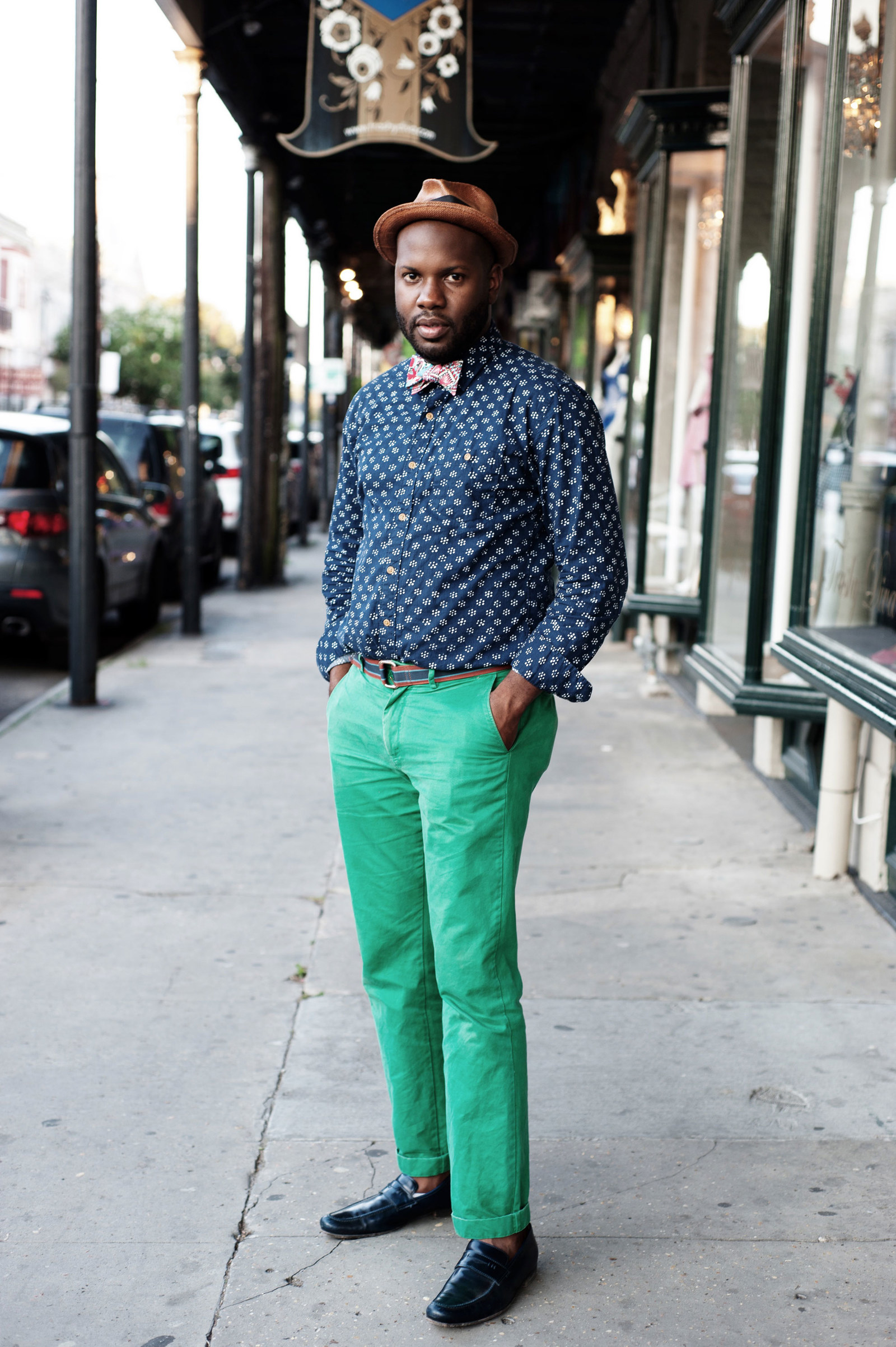
Shantrelle Lewis is a Philadelphia-based curator whose work explores African diaspora and the transnational identities of those descendant from Africa.
In 2010, Lewis organized a pop-up exhibit in Harlem titled the Dandy Lion Project, which examined the youth and fashion cultures of communities around the globe that shatter the stereotypes of black masculinity. The men and women she featured embrace a vibrant and eclectic sense of style, blending elements of classical European fashion with traditional African aesthetics. Clad in dazzling colors and never to be seen without a necktie, black "dandies" define their own style by celebrating individuality with unabashed experimentation and a keen awareness of their history.
This summer, a new book by Lewis, Dandy Lion: The Black Dandy and Street Style, dives deeper into the topic by highlighting the work and styles of photographers, designers, celebrities, and personalities from that world. BuzzFeed News spoke with Lewis about what exactly a "dandy" is, and how this subculture is redefining fashion.
Tell us a little bit about yourself and what you do.
Shantrelle Lewis: Much of my work is spent traveling to black environs globally, and immersing myself in the communities and cultures in which my research and projects are focused. I explore diverse narratives, interpret them, curate contemporary art exhibitions, that provide a platform for the delving into these subjects in a way that is extremely accessible to the general public. I typically tell people that while I give much I contemplate the conceptual, I translate and articulate it in away in which my grandma, if she were alive, would be able to comprehend and engage.
Questions around identity inform my portfolio projects. I look for untold stories and unexplored narratives because we’re so saturated today with the same, limiting narrative about the black experience.
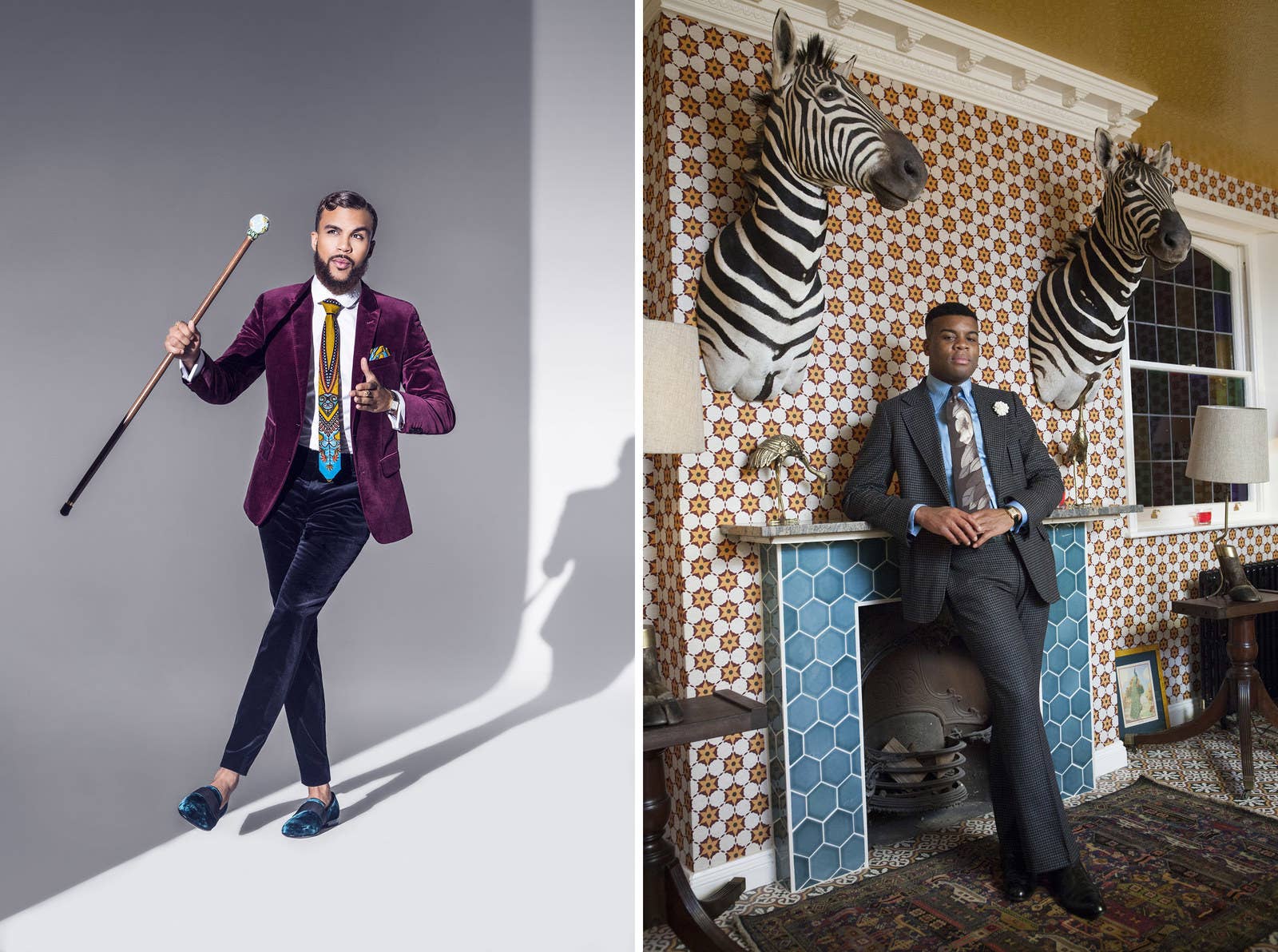
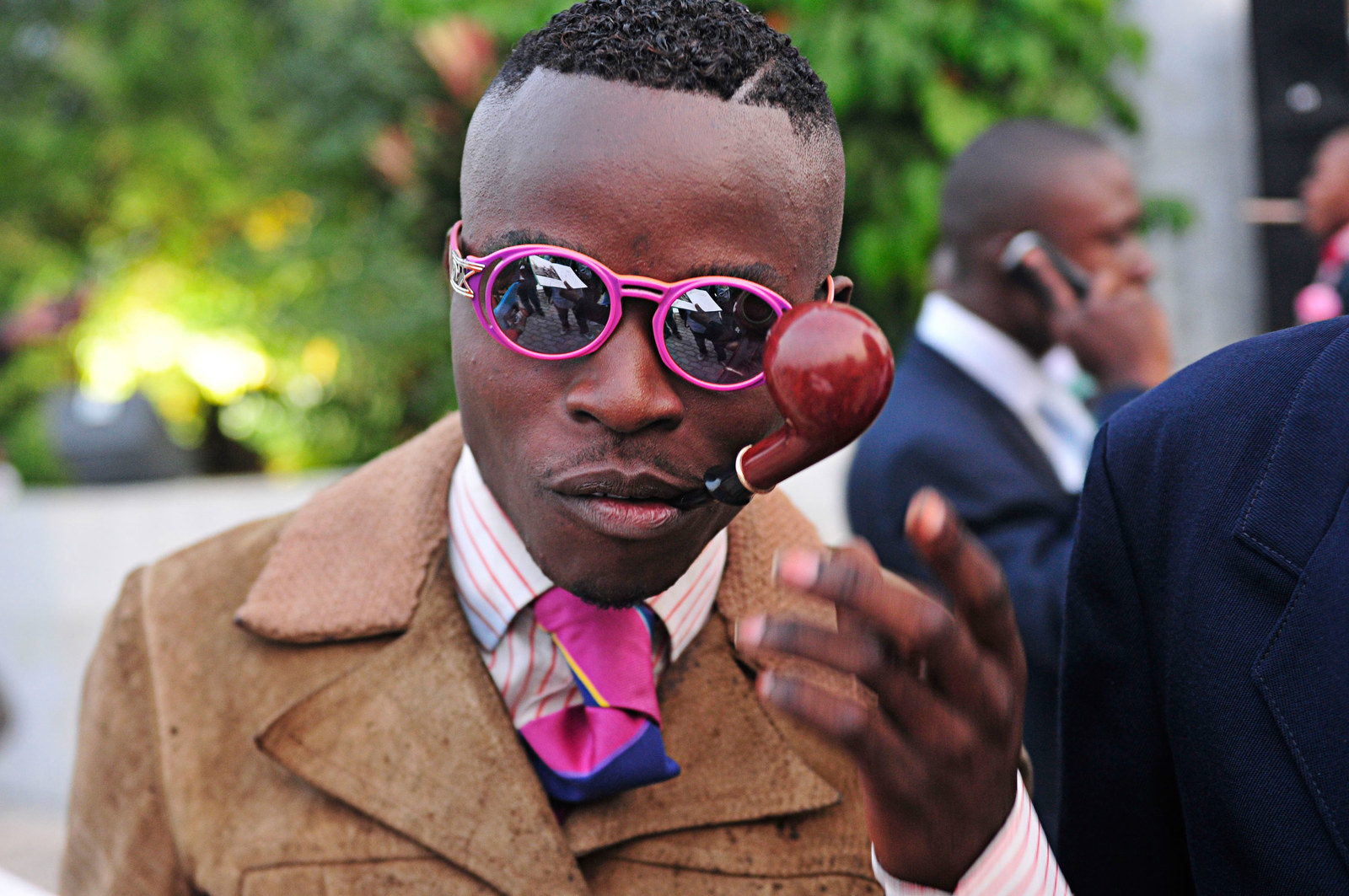
What's the focus of Dandy Lion?
SL: Dandy Lion is a comprehensive exploration into the world of global black dandyism. I look at the personalities, movements, designers, and significant photographers that have come to define the rise of the contemporary black sartorial moment over the past decade. I address intersectionality, gender identities, race, culture, and heritage, and view dandyism as gorgeous example of oppositional fashion, specifically in the black community.
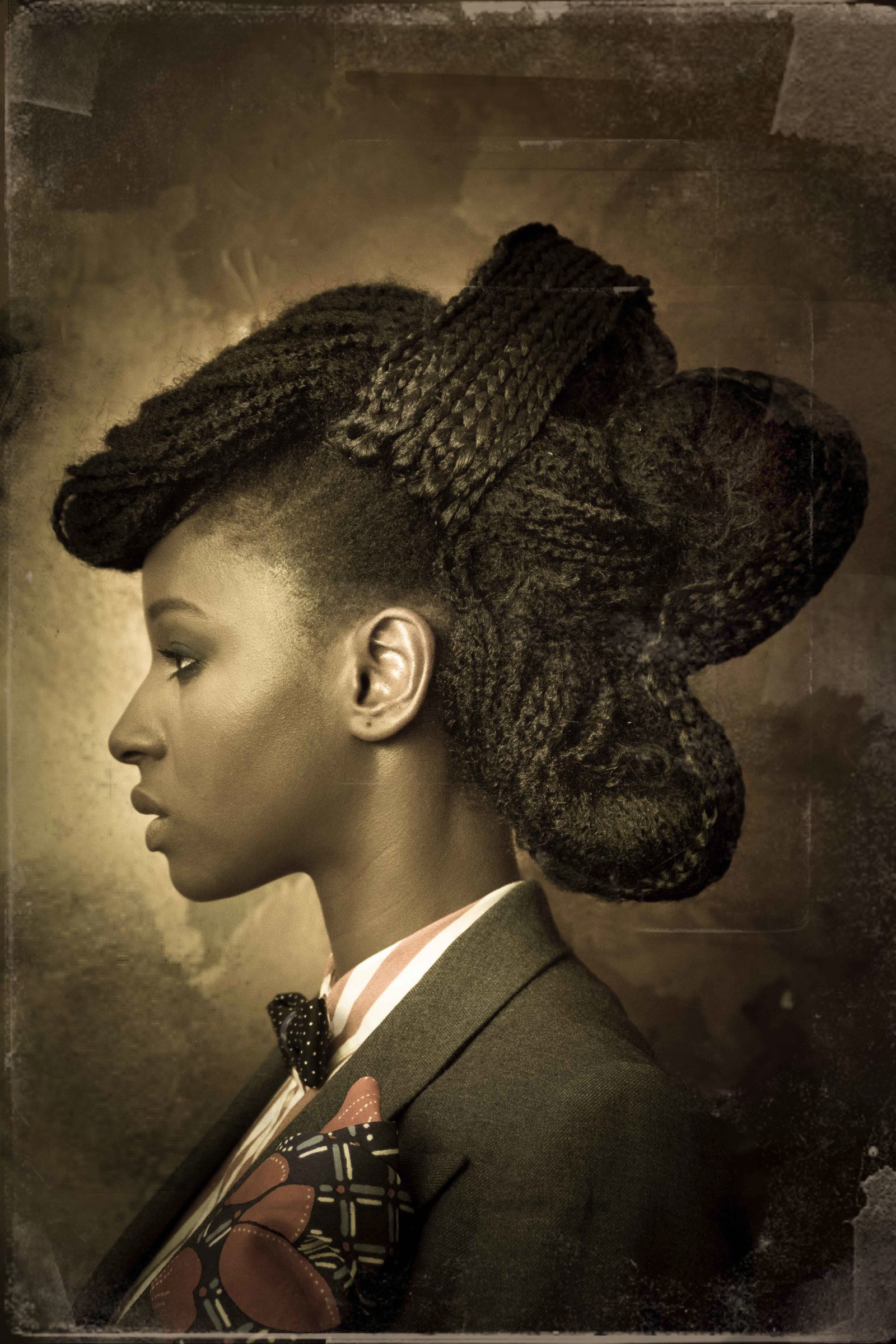
Dandy Lion exists at a time when repetitively, every 28 hours, a black man, woman, or child is executed by police or security personnel in the United States of America. When young black people are profiled and harassed by police in urban centers throughout the Americas and Western Europe. Despite the fact that in 2015, the United Nations declared the official Decade for People of African Descent, we’re haunted by gut-wrenching, lifeless images of slain black bodies, riddled with bullets from the same institution that has made legal oaths to protect and serve us. These images not only haunt, madden and sadden us, they are also broadcasted around the world, for people of all cultures to bear witness to the blatant disregard of black life and assaults made upon the valueless Black body. These images are not new. They are modern manifestation of printed postcards of charred black bodies that hung from Southern poplar trees.
The Dandy Lion Project first came into being out of necessity in the Fall of 2010. Despite the phenomenal economic success of hip-hop artists such as Jay-Z and Kanye West, and their subsequent adaptation of a more serious style and fashion, there was a misrepresentation of black men that dominated mainstream media from here to Europe. The dominant narrative generally involved some gang-related murder on the nightly news, mass violence erupting in continental African countries, or the modern blackface caricatures and their soap opera-esque dramas on reality television.
Like many others in my community and throughout the Diaspora, I was exasperated by the repetitive and oversaturated manufactured image of black masculinity. An image created to maintain a grotesque and glorified culture of manhood and masculinity, one perpetuated by today’s mainstream hip-hop and prison industrial complex. The image of today’s sagging pants wearing-youth is not one of rebellion by the lumpenproletariat, but a buy-in into a corporate-controlled image that is the result of negligent public policy and a failed education system. Thus, to dress outside of that uniform is to act from a place of agency, to contradict, to rebel.
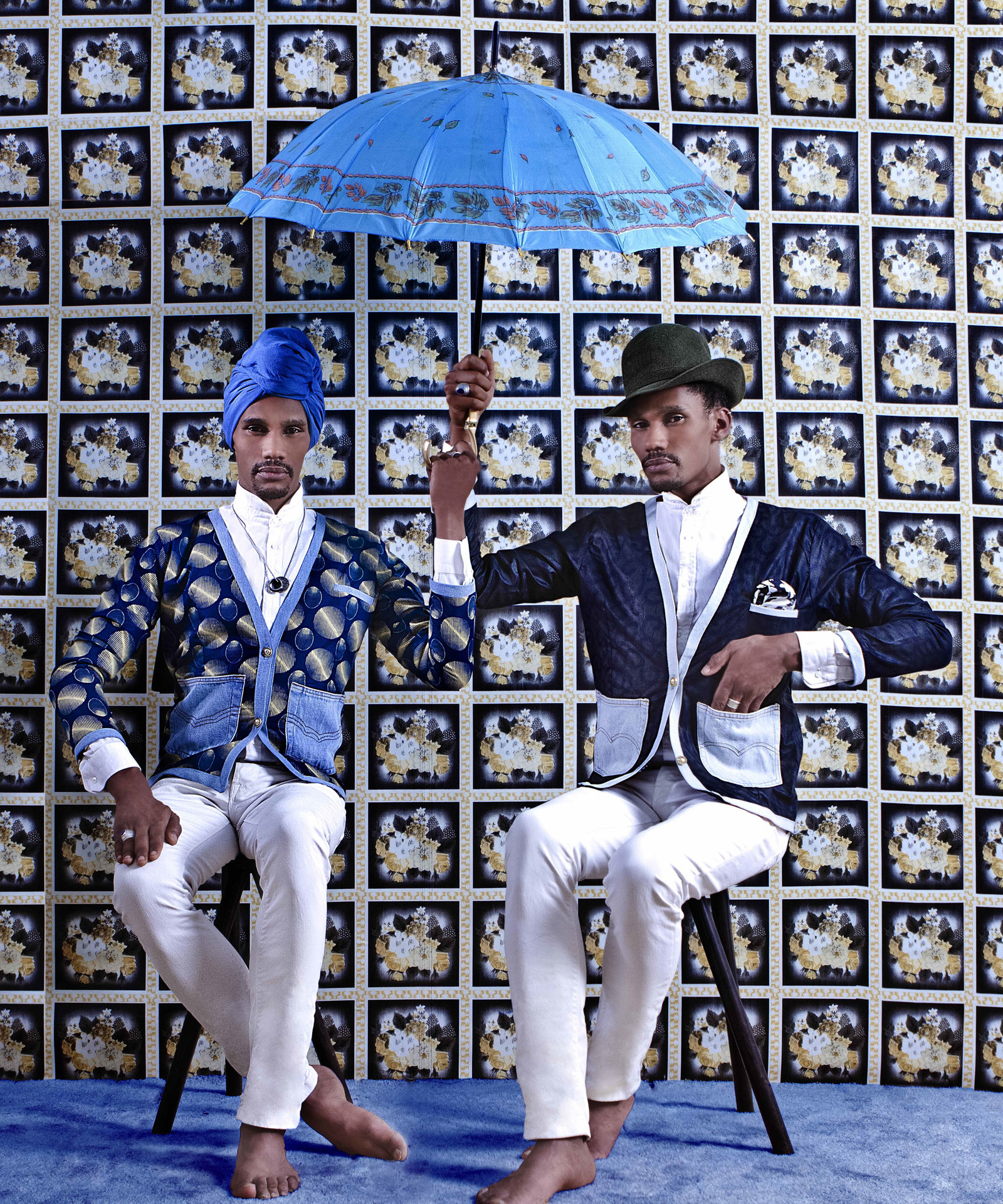
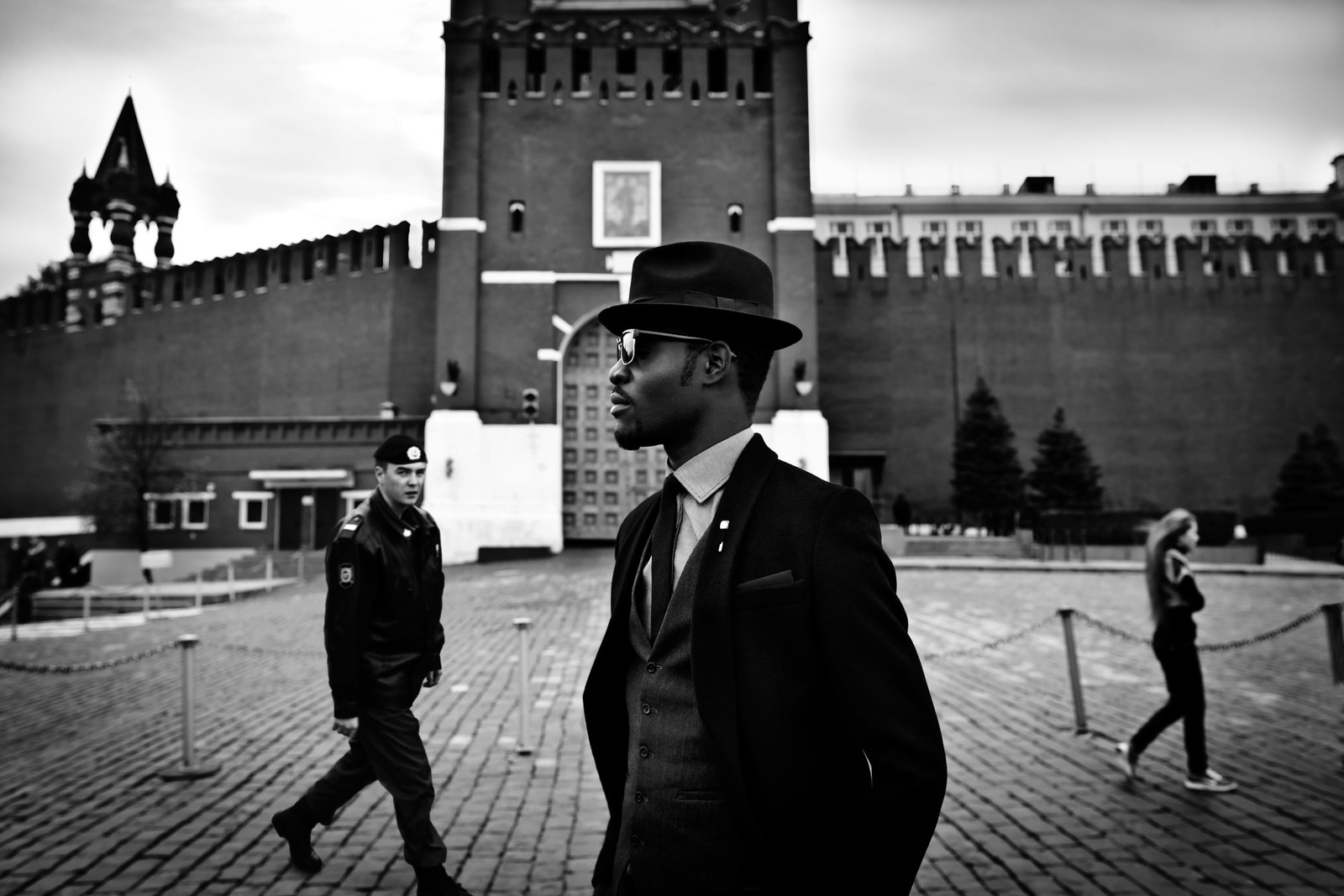
For those who are still wondering — what exactly is a "dandy" and how is the culture associated with black history?
SL: It’s rather difficult to strictly define who is a dandy, given it’s an identity that is oftentimes so contrary to categories and classifications. I define a black dandy or Dandy Lion as a self-fashioned gentleman who intentionally assimilates classical European fashion with African diasporan aesthetics and sensibilities. He is a rebel — a modern-day representation of the African trickster. His style and identity generally contradict the stereotypes, boxes, categories, or ideas that society typically apply to him (and in some cases, her).
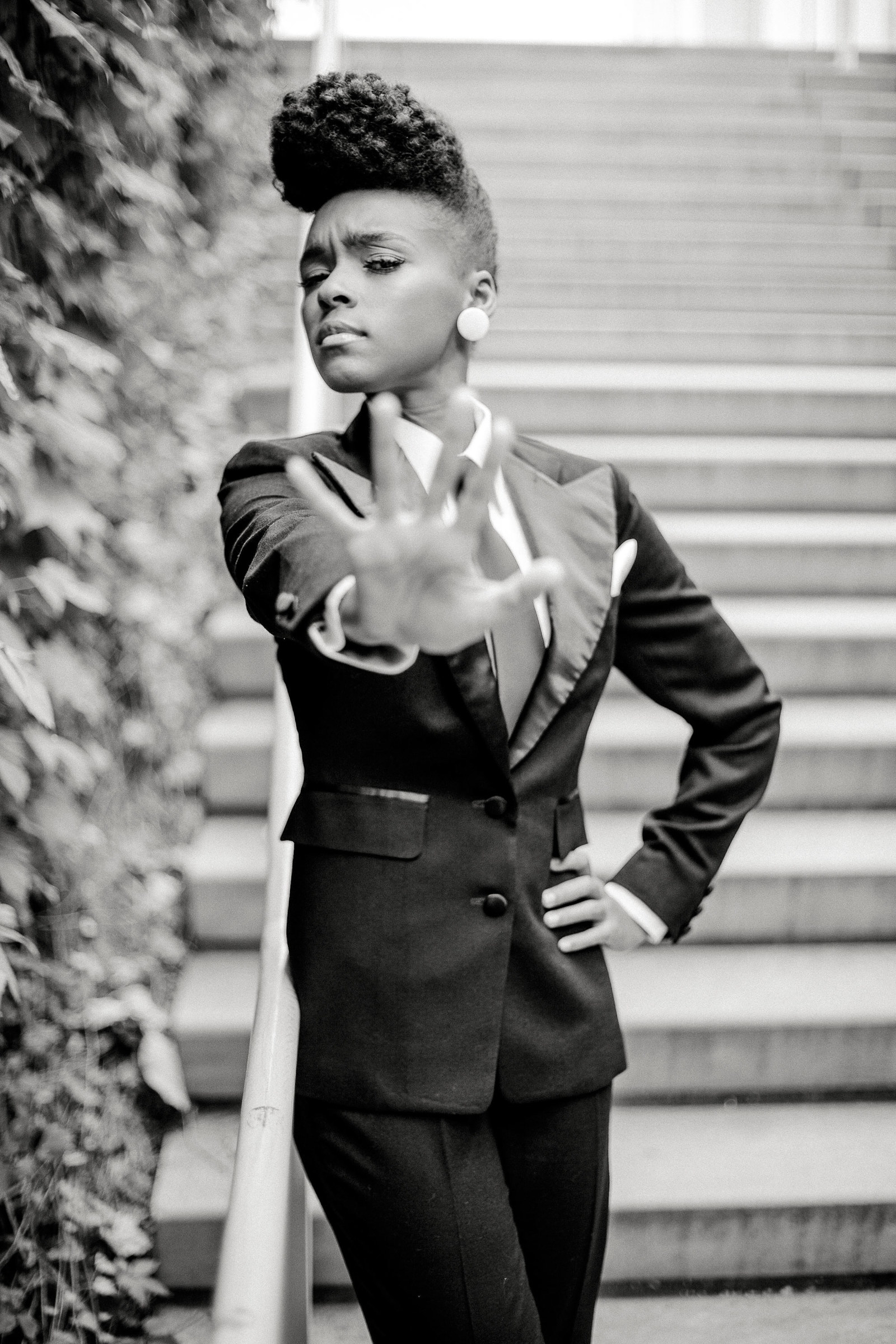
Throughout history, most notably the past two centuries and particularly in the West, black men have used fashion as a tool of rebellion. When self-styled, the African diasporan man has relied upon his innate sensibilities to express his masculinity, his humanity, his individuality. In styling himself, particularly in dress mostly associated with a certain class, education, and social status of the other [read: Whites], the African diasporan dandy cleverly manipulates clothing and attitude to exert his agency rather than succumb to the limited ideals placed on him by society. He performs identity. His tool: oppositional fashion. Most importantly, an integral part of this rebellion entails posing before a camera.
So there's a direct thread between dandyism and masculinity?
SL: Dandyism is one of many plays on masculinity. The ironic thing about the Dandy Lion Project is that while it’s an exploration of a certain narrative of masculinity in the black community, it’s also a very feminine concept as well. The concept of excessive grooming and adornment is actually quite feminine. Masculinity exists on a spectrum, and dandyism is only one of many forms of masculinity. Both men and women can be dandies. I believe that dandyism is a creative ploy by people to challenge norms around toxic masculinity.
So dandyism isn't specific to males?
SL: Absolutely not! Dandyism, historically, has been a queer identity and not necessarily in a relation to sexuality but in terms of both aggravating and elaborating on gendered dress, specifically in a Victorian and Edwardian European context. There are so many examples of women dandies who are both masculine, tomboyish and/or femme. In the book I present a wide range of dandies who fall outside of the cisgender, straight, male category.

How has the style and culture of Black dandies evolved over time?
SL: Prior to curating the inaugural exhibition of Dandy Lion, I read Monica Miller’s Slaves to Fashion. In it, she brilliantly outlines the historical trajectory of black dandies.
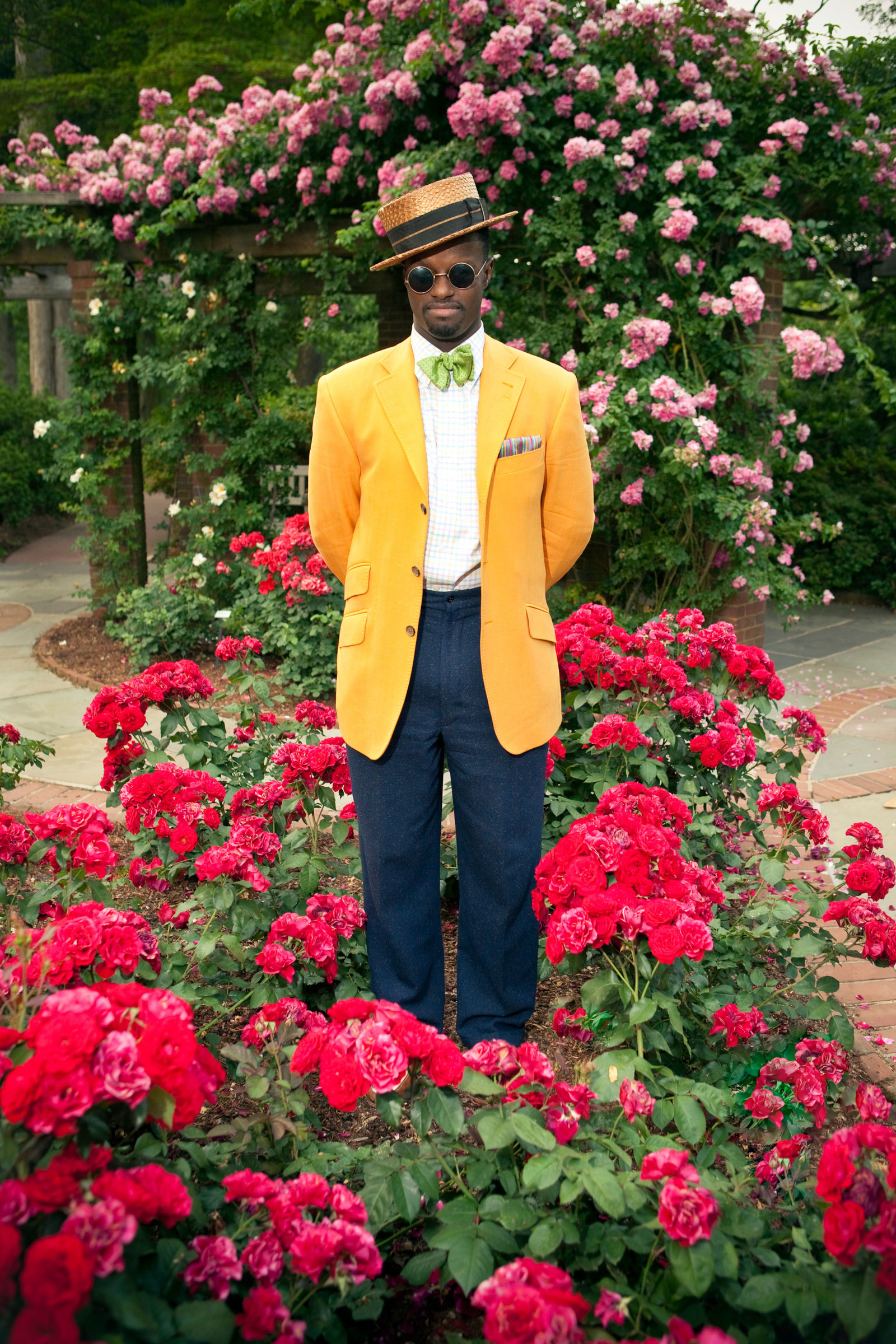
Senegalese artist Omar Victor Diop, whose work is included in the book, in his Diaspora Project, sheds light on the slight ways in which notable historic Africans on the continent and in the diaspora, during the Victorian and Edwardian eras, infused European dress into their traditional wardrobe. In order portraits, the African is almost completely dressed in European menswear. Despite this, there is still something very African about his aesthetic. Now more than ever, as more African designers are both celebrated and appropriated by mainstream brands, dandyism is engaging African colors and prints and traditional style, and pairing them.
Whether as an expression of some of the architects of dandyism like Oscar Wilde and Beau Brummel, or historical black dandy extraordinaire Julius Soubise, both men and women have utilized dandyism as a sociopolitical aesthetic tool to not only comment on society, but to orchestrate and etch their own existences based on their self-image of importance and esteem. Dandyism serves as a mechanism of oppositional fashion, particularly as it projects very profound visual images that leave a visceral imprint on the conscience of those who encounter the phenomenon.
Dandyism exists on the margins of the mainstream. Today’s men, however, are traveling more, being influenced by style and brand enthusiasts on social media, and thus making more sartorial decisions about their wardrobe. Contemporary black dandyism is also influenced by hip-hop, thus dandies are mixing and matching various elements from different cultures and eras and creating something entirely new!

For someone whose first foray into Black dandyism is your book, what do you hope they can take away from the read?
SL: Primarily, I want people to explore black masculinity as a whole — and the idea that it exists on a spectrum. Additionally, I want to drive home the fact that blackness is not a monolith…Dandy Lion’s aim is to shed light on the variations of black experiences around the world, through the prism of black dandyism. Lastly, I want to bring back some pride in how we dress, not for respectability reasons, but for reasons of making street style and people watching much more interesting to take in!
